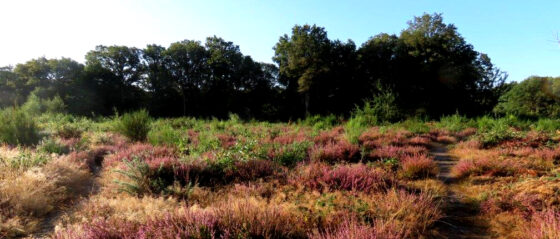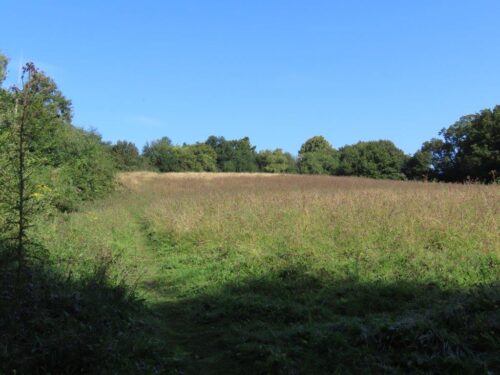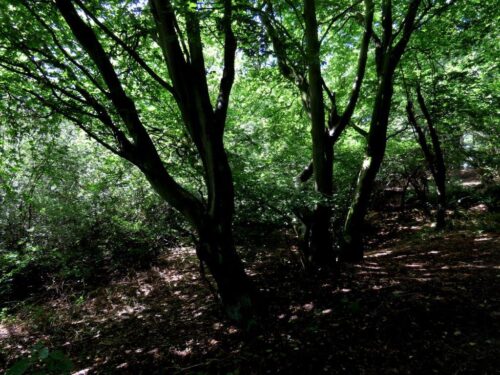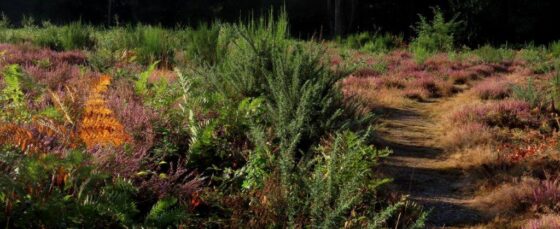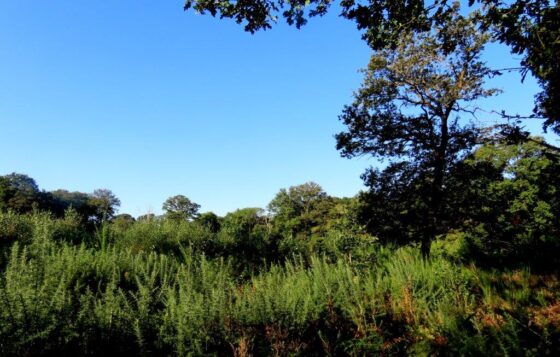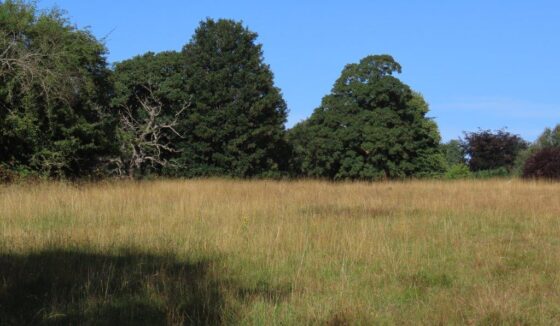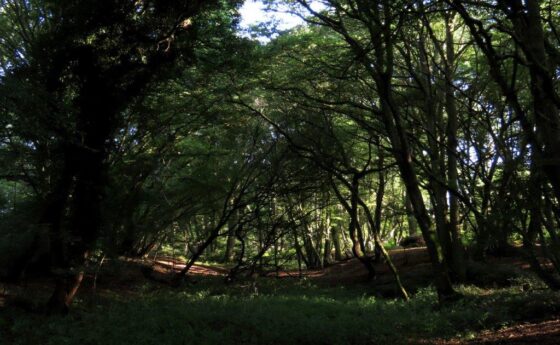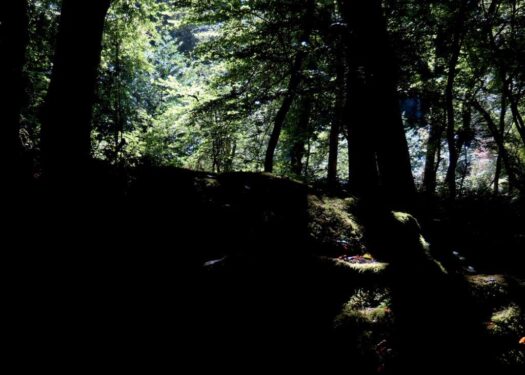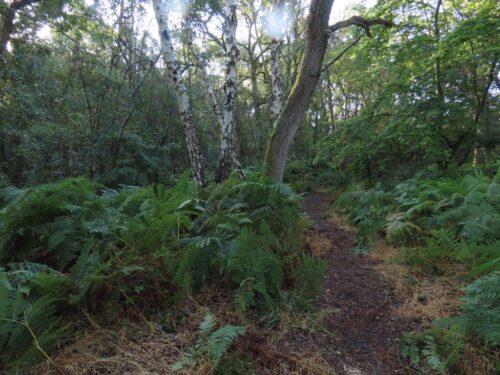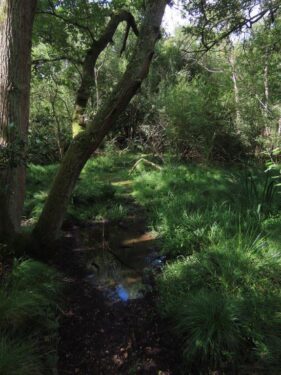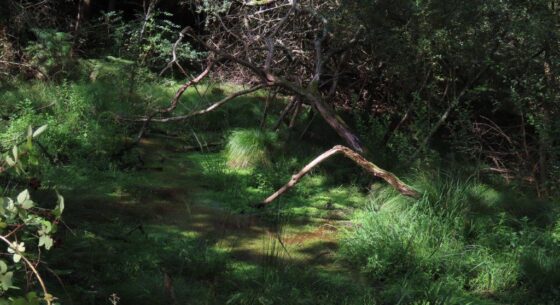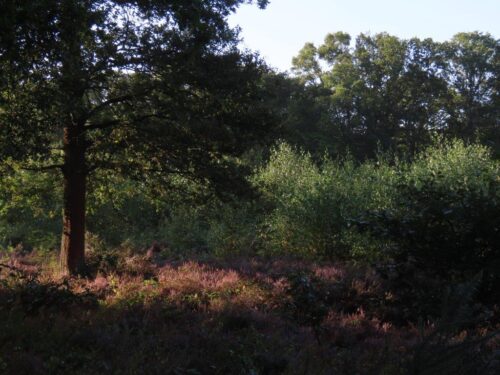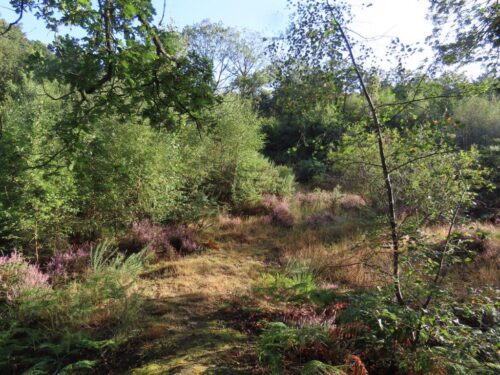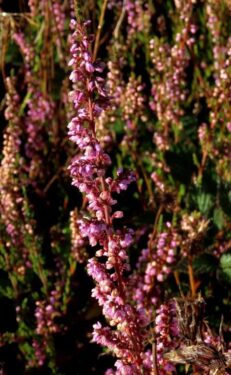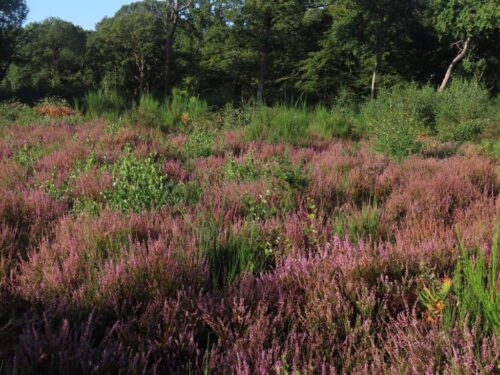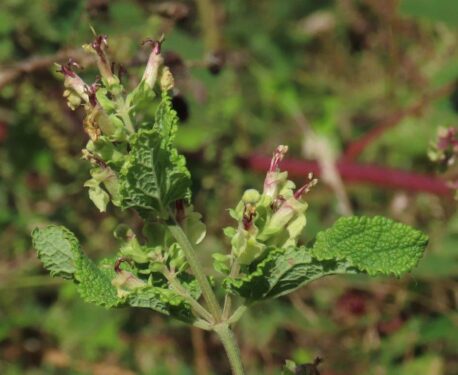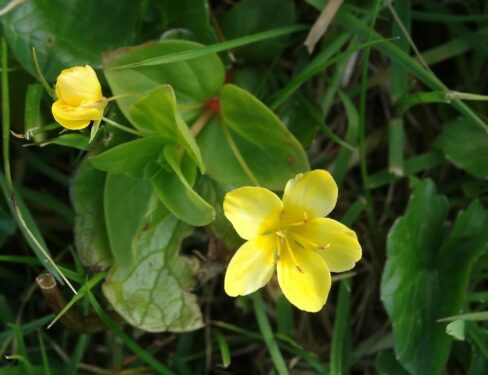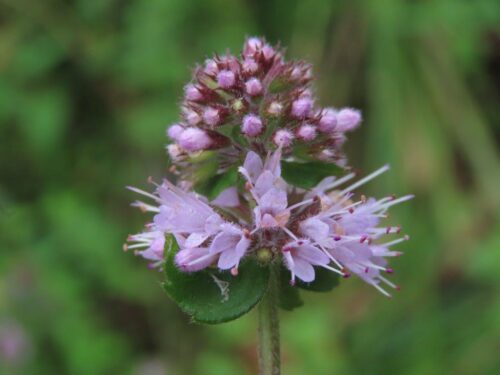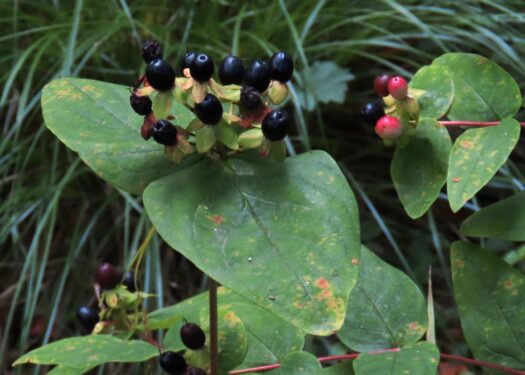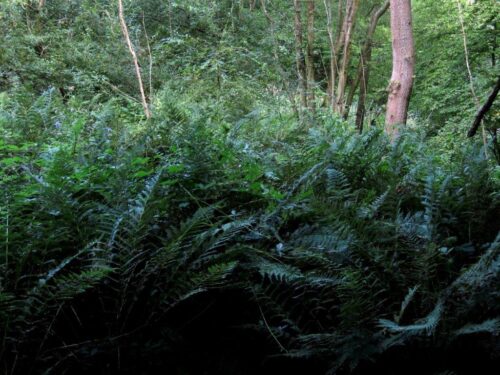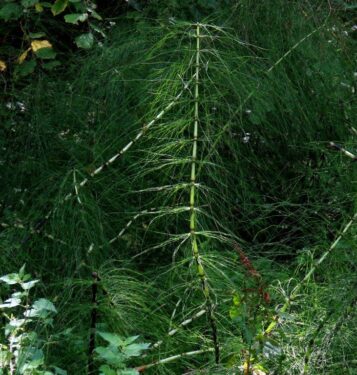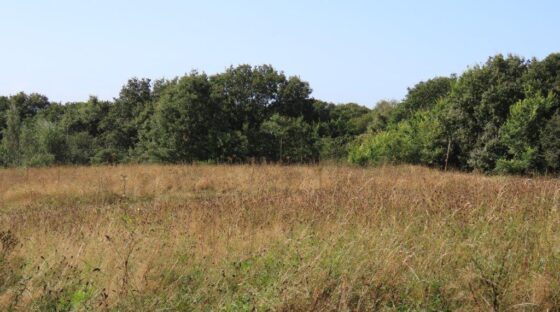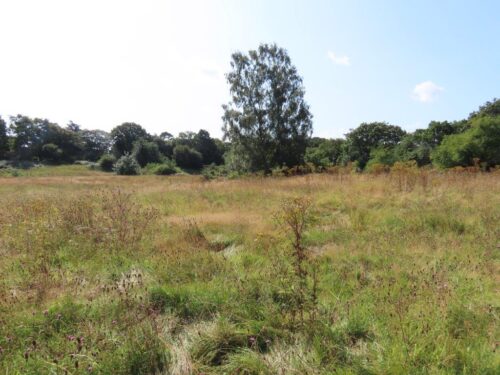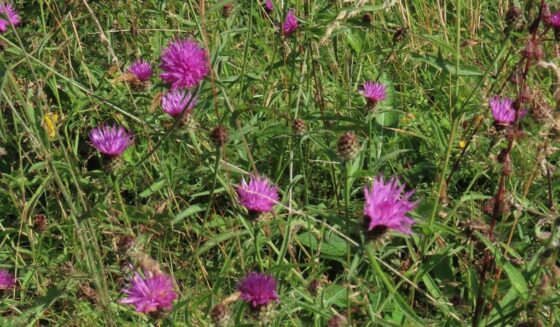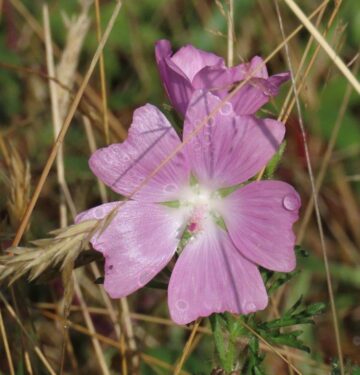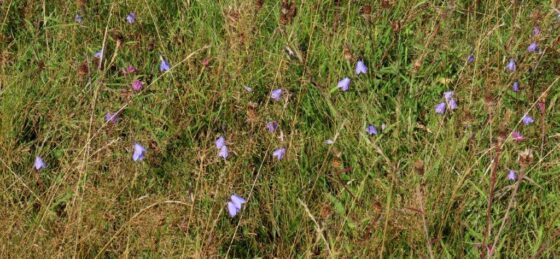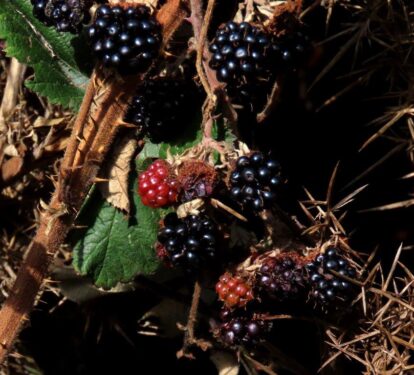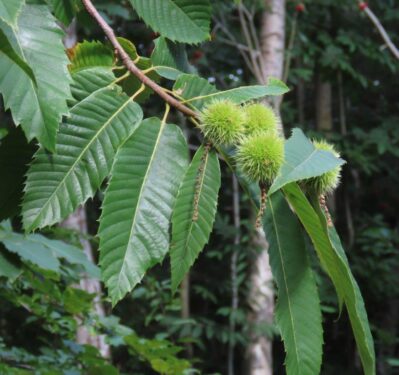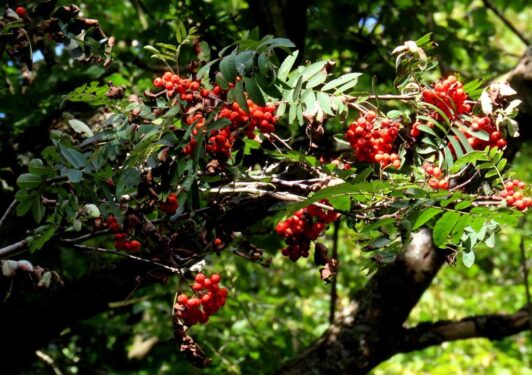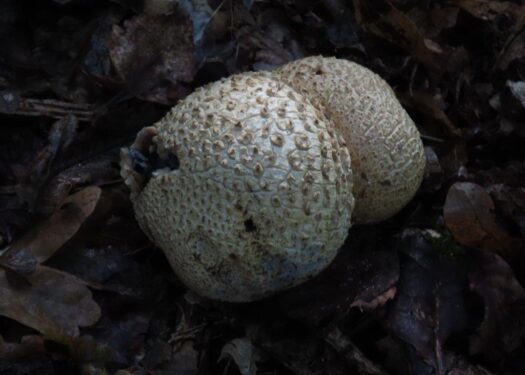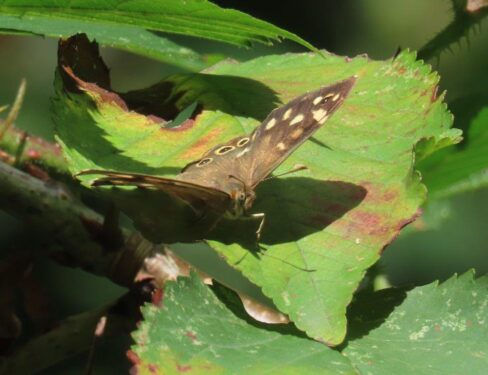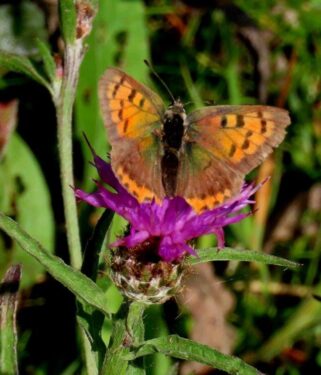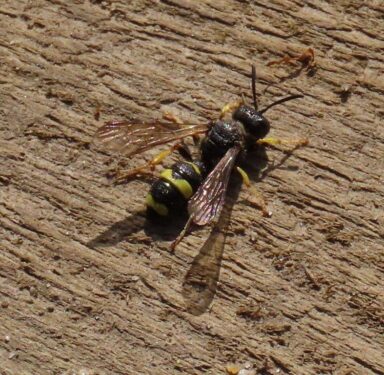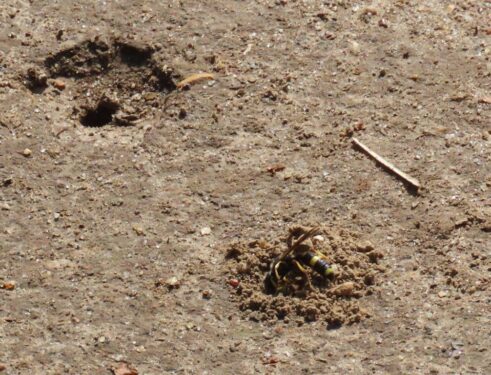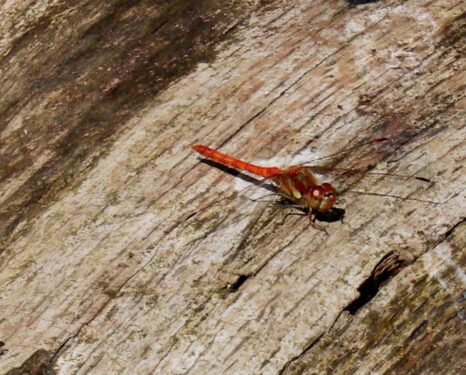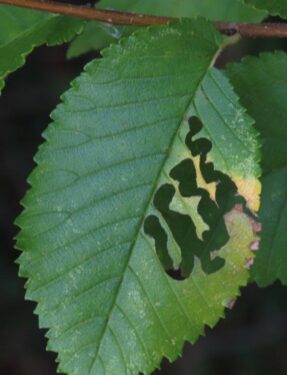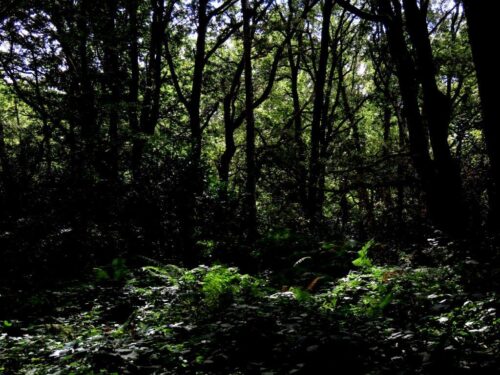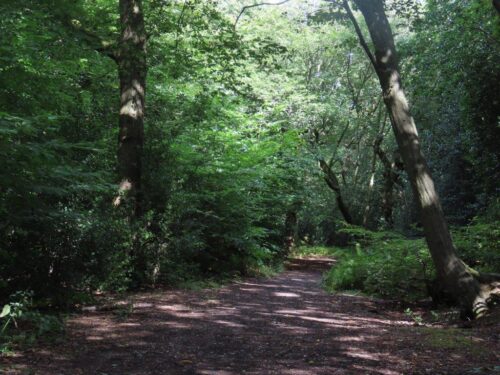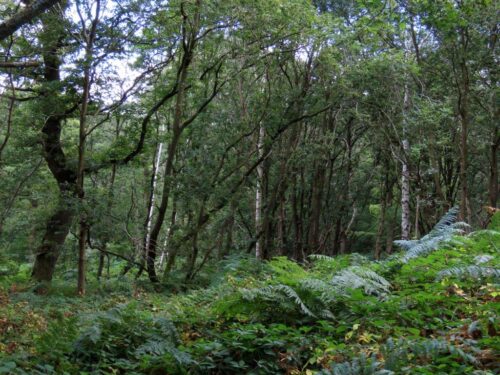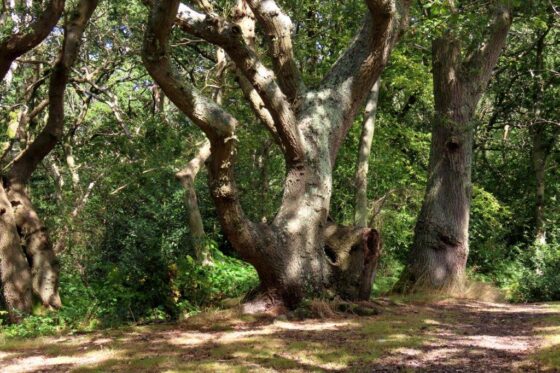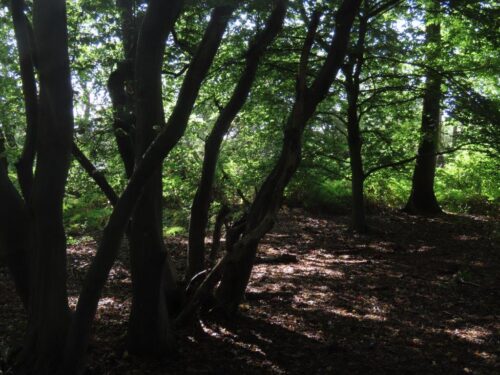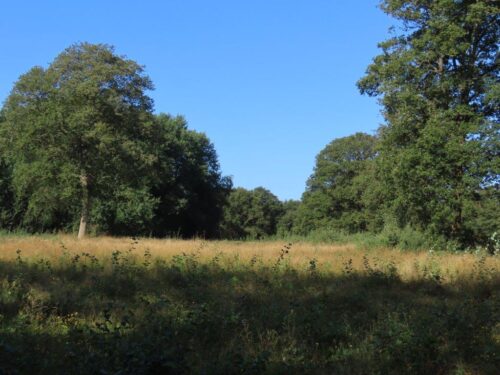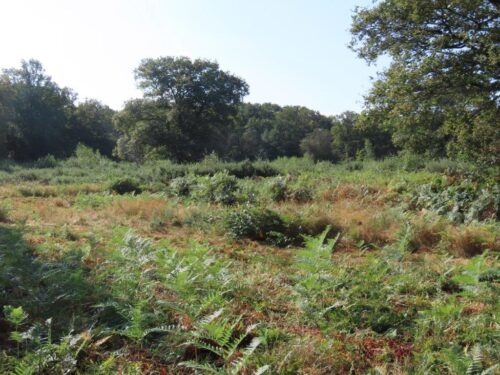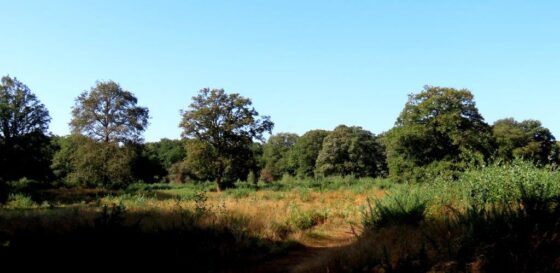In the search for new locations for day-long walks, my eyes alighted on that great fold of London Clay that runs transversely, north-east to south-west across Essex, from Walton-on-the-Naze to Epping Forest. Thrust up as a shock-wave of the continental collision some 20 million years ago that created the Mediterranean basin and the mountains around it, the peaks are actually clothed in gravels from a course of the River Thames that once ran over the newly laid-down claylands.
‘Peaks’ may seem an overstatement, but at a little over 110m the village of Danbury sits atop the highest point of Essex away from the north-western chalk. Given the gravelly and sloping nature of the land around, the surroundings have escaped widespread agricultural intensification. And now the village is more-or-less contiguously embraced by nature reserves owned and managed by both the National Trust and the Essex Wildlife Trust. There is nowhere in the heartland of Essex with such a concentration of nature, all lying in close proximity to the settlement and providing ample walking opportunities, avoiding significant lengths slogging along roads.
The habitats I encountered in my recce a couple of weeks ago ranged from ancient coppiced woodland through to dry heathland, including species-rich grassland, secondary woodland and scrub (often on historic gravel extraction sites), spring-line wetlands and even a small area of raised bog, very scarce in Essex.
So late in the summer, those areas dominated by Heather were looking their very best, especially on the Backwarden Reserve. Any bit of Heather in Essex is important, given its scarcity in the county as compared with for example the Suffolk Sandlings.
However, coming hard on the heels of a two-month near-drought with some very high temperatures, other flowers were a bit frazzled. But Wood Sage spread its subtle beauty along the woodland edges, Creeping-Jenny and Water Mint were in damp spots long with fruiting Tutsan, while the more shaded small wetlands were often luxuriantly covered in ferns or Giant Horsetails.
There were plenty of flowers still in Hitchcock’s Meadows, especially Common Knapweed, Harebell and Musk Mallow, but sadly no sign on the parched slope tops of Autumn Lady’s-tresses where I knew them so abundantly 35 years ago. Has the same fate befallen the Green-winged Orchids that once graced the same fields in May? Next year may tell… One very definite change though was the growth of trees to the south such that the once-impressive view over to the distant North Downs has been somewhat curtailed.
Earlier summer rains have filled out some of the autumn fruits while the first fungi were beginning to show, including Common Earthballs, a frequent, albeit well-camouflaged, sight on the gravelly slopes under trees.
Just a few butterflies were in evidence (sadly typical for this summer), with Speckled Woods most numerous, and also several Small Coppers in Hitchcock’s Meadows. And there, on the higher sandy ground, digger wasps including Cerceris rybyensis, the Ornate-tailed Digger Wasp, were doing their thing.
Otherwise, insects included Common Darters and Migrant Hawkers in many places, and the unmistakeable galleries of Elm Zig-zag Sawfly larvae.
Not the best time of year for birds, but especially the woodlands rang to the songs of Chiffchaffs and Robins, with calling Nuthatches and woodpeckers and wandering mixed flocks of tits.
One of the special parts of Essex, the Danbury Ridge has something for everyone, at any time of year.
